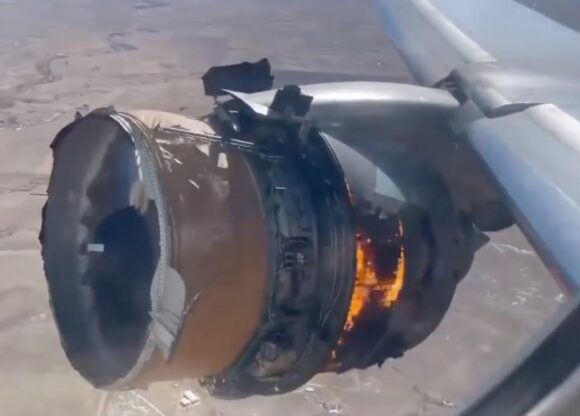
787 3
In 2019, for the first time, the A321 began to outsell the A320, providing growth from the 150-162 seat category to the 185-205 seat category, depending on configuration and pitch. At the lower end of the market, new aircraft, particularly the A220 and to a lesser degree the E195-E2, are taking market from the 737-7 and A319neo, neither of which has sold very well. Regionals, while scope constrained in the US, are continuing to grow in size internationally with the E190-E2, E195-E2, and A220-100 replacing older models.
But in the wide-body size, the ultra-large four-engined aircraft have been replaced by smaller more efficient twins, particularly the 787 and A350. These aircraft offer similar seat-mile economics with much less risk, since their fixed costs and aircraft mile costs, are lower than the A380 and 747-8, both of which are essentially now out of production (albeit the 747-8 line remains open for Air Force One replacements.)
Subscriber content – Sign in
[maxbutton id=”1″ ] [maxbutton id=”2″ ] [maxbutton id=”4″ ]




